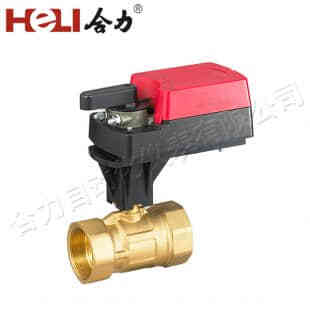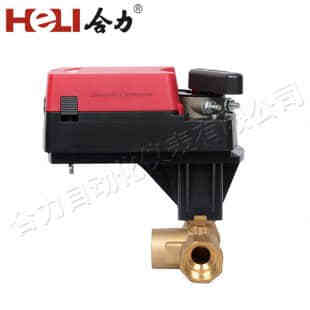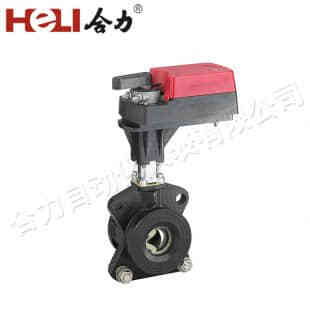Damper actuators play a crucial role in the functionality of modern heating, ventilation, and air conditioning (HVAC) systems. These devices are responsible for controlling the movement of dampers, which regulate airflow within ducts. By adjusting the position of the damper, they ensure the proper distribution of air, enhancing both comfort and energy efficiency in residential and commercial buildings. In this article, we will explore the workings, types, and significance of damper actuators in HVAC systems.

What is a Damper Actuator?

A damper actuator is a mechanical device used to open, close, or modulate a damper. The damper itself is typically a metal or plastic plate positioned within ductwork that controls the flow of air. When the actuator is activated, it adjusts the position of the damper based on the system’s needs, allowing for precise control of airflow. These actuators can be powered by various energy sources, including electricity, air pressure, or even hydraulics. Damper actuators are often integrated into building management systems (BMS) or HVAC control systems. Through sensors and controllers, they receive signals that indicate how much airflow is required in specific zones, whether it’s for temperature regulation, air quality control, or energy management.

Leave a Reply